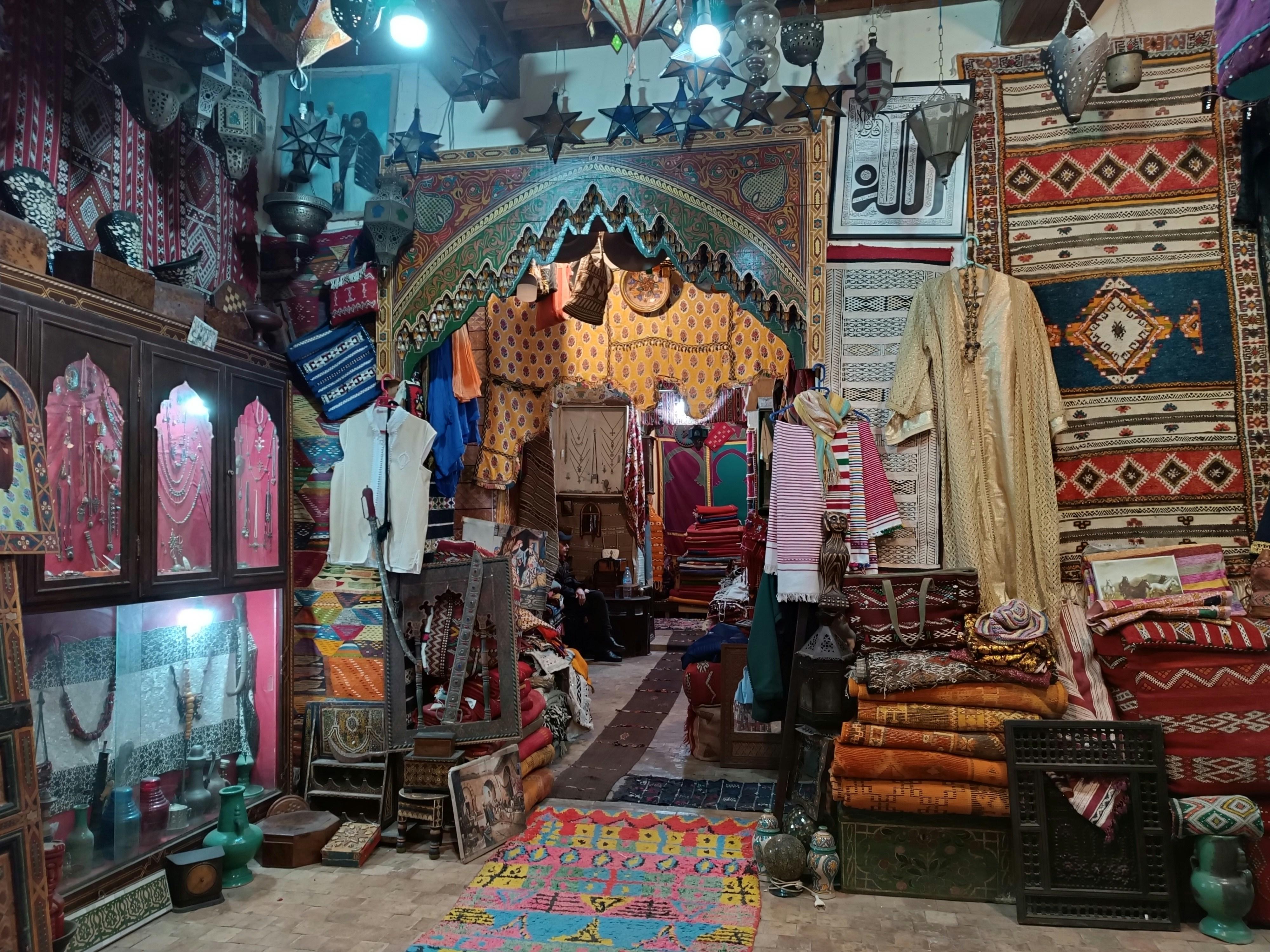
India is one of the most diverse travel destinations in the world. Over 15 million people visit each year to experience its vibrant culture, stunning landscapes, and rich history (source: UNWTO). But, packing properly makes all the difference. It helps keep you safe, comfortable, and respectful of local customs. Whether you’re exploring the busy streets of Delhi, relaxing on beaches in Goa, or visiting Himalayan villages, packing smart is key. This guide covers everything you need to bring for a smooth, hassle-free Indian adventure.
Essential Documents and Travel Accessories Passports, Visas, and Travel Permits
A valid passport with at least six months’ validity is a must. Before traveling, check if you need a visa to enter India. Most visitors require a tourist visa, which can be applied for online or through embassies. Some regions, like Ladakh or Northeast India, need special permits. Always double-check regional restrictions well in advance. Travel Insurance and Copies Travel insurance covers health issues, canceled trips, or lost belongings. Bring both paper and digital copies of your policy. Having backups means you are prepared no matter what happens. It’s a small step that can prevent big headaches later.
Travel Accessories & Gadgets
Carry universal power adapters and voltage converters so your electronics work. A portable charger keeps your devices alive while on the move. Save maps offline on apps or get a local SIM card to stay connected. Reliable travel apps for India can help you find your way and discover hidden gems easily. Currency and Payment Methods Bring some Indian Rupees in small bills for quick purchases and tips. In cities, cashless options like credit cards are widely accepted. Using digital wallets or apps also works well in many places. Be sure to inform your bank about your trip to avoid any card issues abroad.
Clothing and Personal Items Climate-Appropriate Clothing
India’s weather varies greatly. Summers can be scorching, especially from April to June. Pack lightweight, breathable fabrics like cotton. Monsoon season (June to September) demands waterproof gear. Winters, especially in the north, can be chilly, so bring warm layers. Check your destination’s forecast before packing. Cultural Considerations Many religious sites require modest dress. Women should wear long skirts or pants, and men can opt for loose trousers. Scarves and shawls are handy for covering shoulders when entering temples or mosques. Respect the local customs by dressing appropriately—this shows respect and keeps you comfortable.
Personal Hygiene & Toiletries
Bring travel-sized toiletries that meet airline regulations. Pack essentials like hand sanitizer, wet wipes, and menstrual hygiene products. Keeping clean helps avoid health issues. Also, carry a small towel—it’s useful in many situations. Footwear Comfortable walking shoes are essential for exploring crowded markets or historical sites. Closed shoes are best for temples, while sandals work well for beaches. Pack a pair of flip-flops for hostel showers or quick trips to the bathroom. Health and Safety Supplies Medications and First Aid Stock a small first aid kit with pain relievers, antihistamines, and diarrhea treatments. Carry prescription medicines with copies of your prescriptions in case you need a refill. Being prepared keeps minor issues from ruining your trip.
Vaccinations & Health Precautions
Visit a travel clinic before your trip.Recommended vaccines include Hepatitis A and B, Typhoid, and Tetanus. Drink bottled water, avoid ice, and eat well-cooked food. These tips help prevent waterborne illnesses and stomach bugs. Safety Items Consider a personal safety device like a whistle or pepper spray if legal in your area. Keep emergency contacts, including your embassy’s info, stored in your phone and written down. Staying alert is the best way to stay safe.
Tech Gear and Entertainment Electronics
A good camera captures memories of India’s stunning scenes. Pack extra batteries and memory cards. An e-reader or tablet helps pass time during long travel segments or waits. Connectivity Get a local SIM card or portable Wi-Fi device to stay connected. Download offline maps and travel guides ahead of time. Having access to maps without internet is not a bad idea. Offline entertainment like movies or music makes travel more fun.
Language Tools
India has many languages, but they often use English, especially in cities. Still, a small phrasebook or offline translation app can help in rural areas. It’s a quick way to say hello, thank you, or ask directions.
Extras and Cultural Tips Snacks and Special Dietary Items
Pack non-perishable snacks like nuts, granola bars, or dried fruit. These come in handy during long journeys or if you have dietary restrictions. If you are vegetarian, vegan, or gluten-free, bring some familiar food options. Local cuisine is delicious but can be different from what you’re used to.
Souvenirs and Gifts
Leave space in your luggage for souvenirs like textiles, jewelry, or spices. When giving gifts, choose thoughtful, culturally appropriate items. Avoid anything that might offend local customs or environmental concerns. Miscellaneous Tips We recommend carrying a small laundry kit for washing clothes. A light daypack is perfect for excursions. Always respect local customs and be environmentally responsible—use reusable bags, avoid plastic, and preserve nature.
Conclusion Packing for India requires planning but pays off in comfort and peace of mind. Bring the essentials—documents, clothing suited for the climate, health supplies, and tech gear—and tailor your list to your specific itinerary. Double-check your paperwork, prepare for surprises, and embrace India’s rich culture. A well-packed bag makes your trip safer, more enjoyable, and full of unforgettable moments. Happy travels!